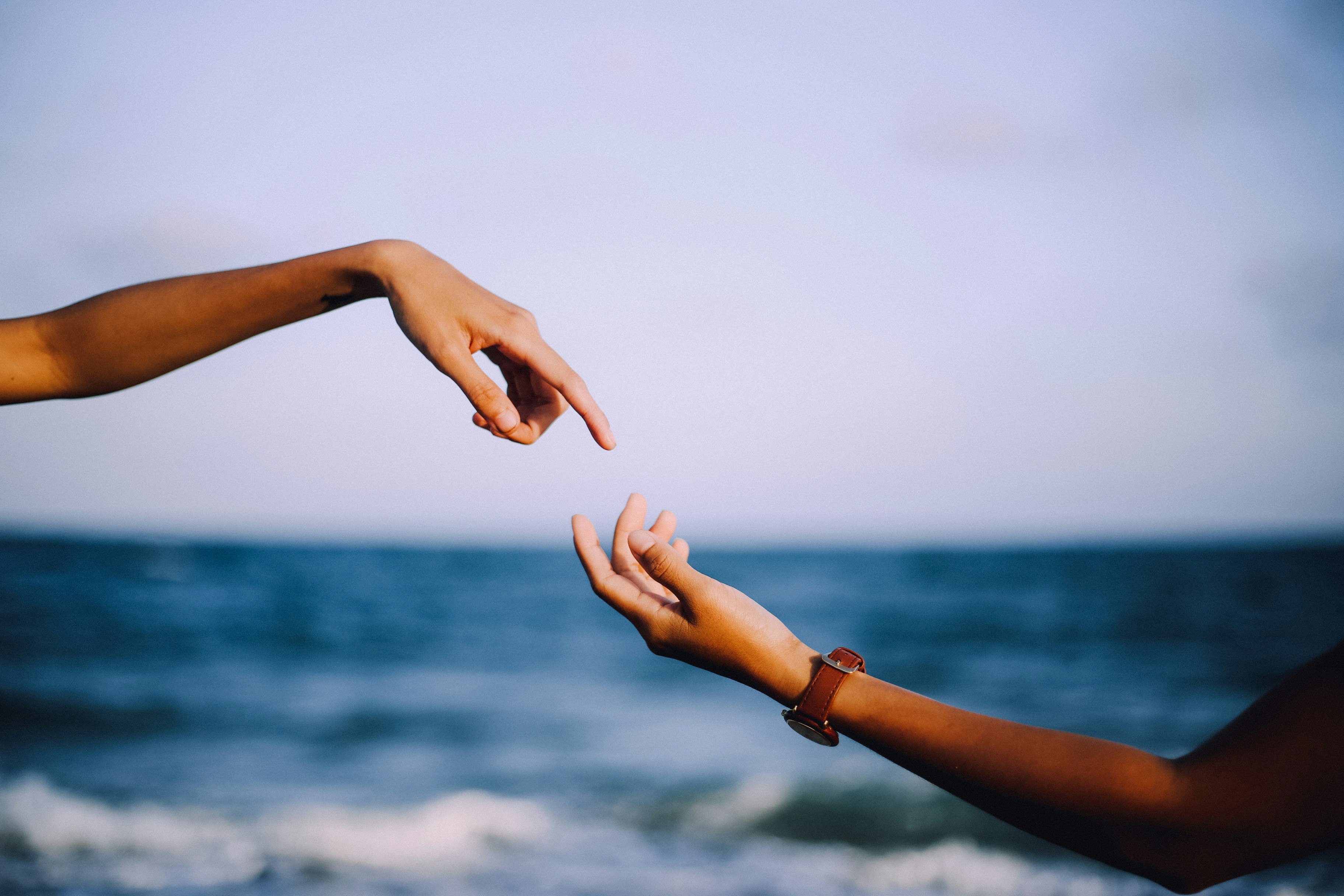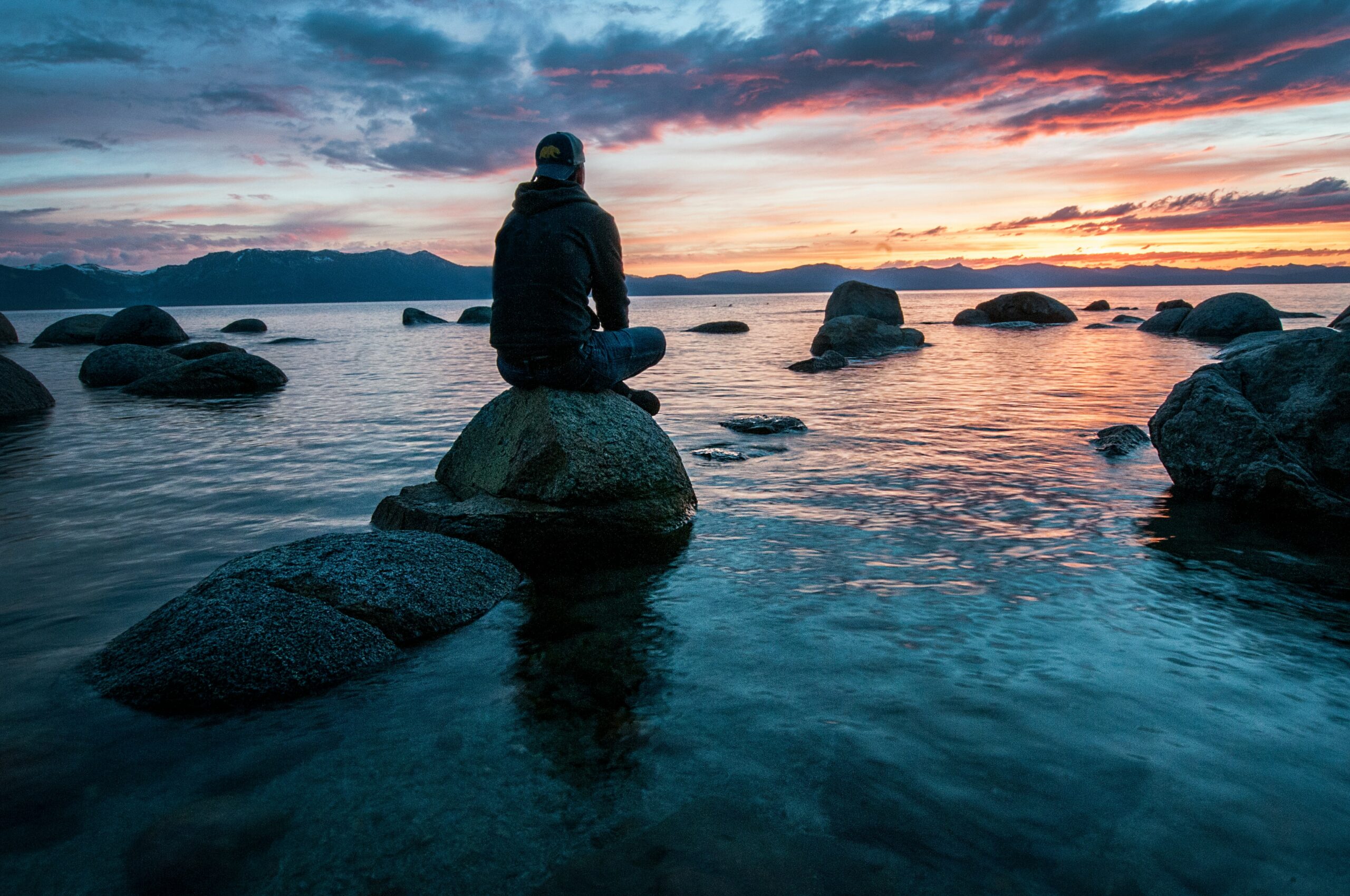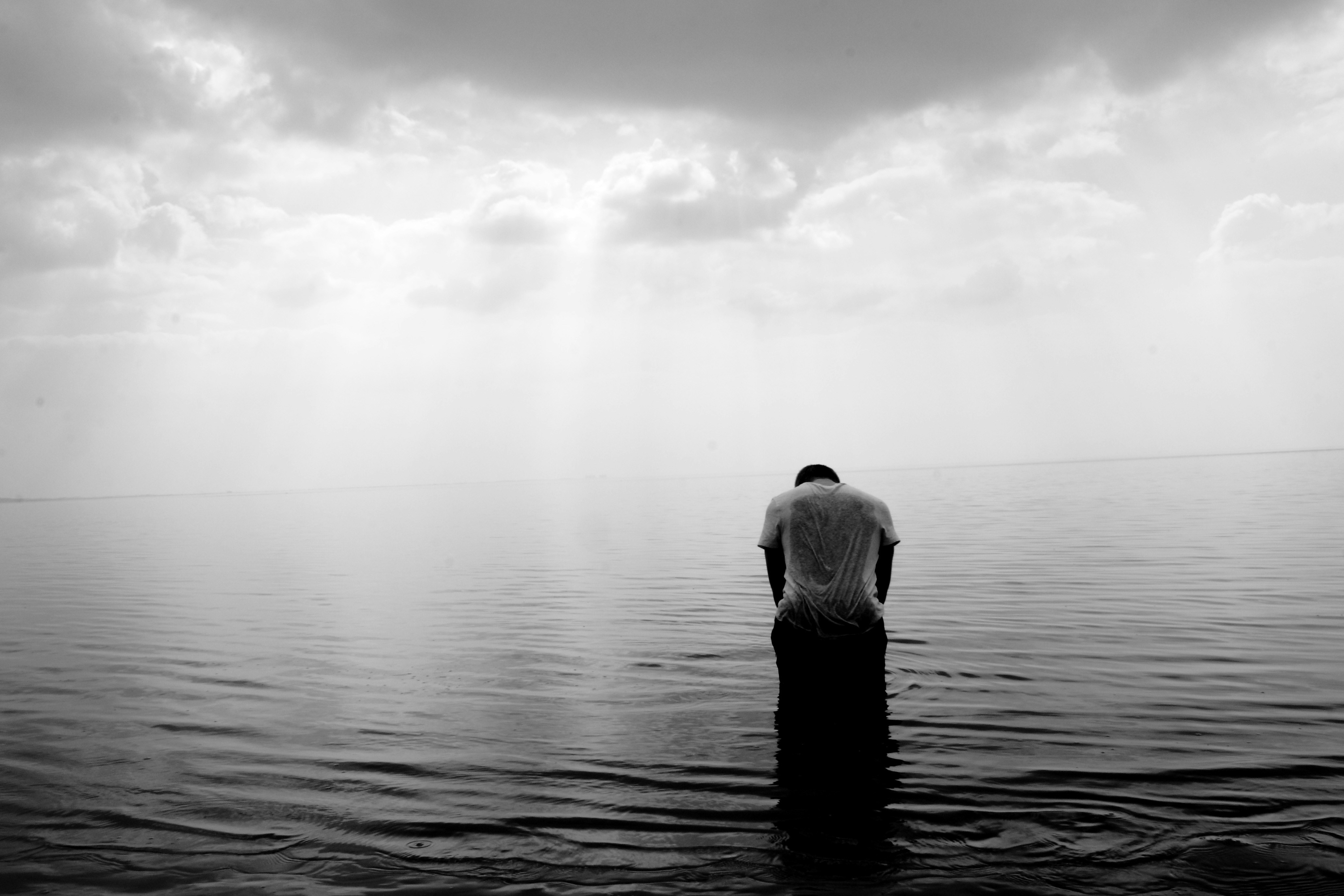Mindfulness is a booming business these days. The evidence is everywhere — an abundance of books, magazines, websites, smartphone apps, classes, and training programs, all intended to turn us on to the many benefits of practicing mindfulness. That’s both a good thing and a bad thing. Or actually, in the language of mindfulness, it’s neither a good thing nor bad a bad thing, it just is. In a sense, that’s what mindfulness is all about — acceptance. Observance without judgement. So what exactly are the rewards of mindfulness?
But considering the impact of its explosive popularity, it’s certainly fair to say that mindfulness brings with it many positives. Many more people are aware today than were, say, ten years ago, that mindfulness reduces stress and anxiety, for example, or alleviates depression, improves cognition, and enhances our sense of well-being. There’s really no downside to any of that. It’s all good.
If there is a not so good thing about the mindfulness boom, it might be our tendency to grab-and-go. To focus on surface-level rewards of mindfulness. To see mindfulness as a handy tool to reduce stress and anxiety, for example, so we can better go about our day, or enhance our productivity at work. To be sure, reducing stress and anxiety is a wonderful thing. And most of us would love to be more productive, not just at work, but in all aspects of life. But those benefits are just the tip of the iceberg. Maybe even the tip of the tip of the iceberg.
There’s an old saying you’ve probably heard, maybe even shared yourself. All the answers are inside you. In my experience, that’s true. And what’s more, it’s not just the answers that are inside you. There is also peace. There is happiness. There is love. We tend to think these things exist somewhere “out there,” out in the world, and that they must be searched for, located in a person, place, or thing, before they can be enjoyed. But each of these, too, are inside of you. Inside all of us.
I said that mindfulness is about acceptance of what is, observance without judgment, and that’s true, but it’s not the full story. Mindfulness is also about stilling the mind. Only when our minds stop churning, stop endlessly thinking, planning, worrying, or ruminating, can those answers inside be revealed. When the peace, the happiness, the love we naturally have for ourselves and others, that resides at our core, shines. All of that mental activity is like a storm that obscures the sun. The sun never stops shining, but we sometimes can’t see it for the storm. When the storm clears, there again is the sun.
Our minds have always have been over-active, that’s human nature. But especially today, with the constant stream of input from tv, radio, internet, apps, social media, cable news, you name it, our minds are busier than ever. It’s very difficult NOT to feel stress and anxiety in this culture. And yes, just a few minutes of mindfulness per day, as the books, blogs, and apps suggest, can be soothing, calming. Can help us jump back in and be more productive. And that’s great. But there’s so much more to mindfulness than that. There’s so much more to life than that.
If all we have is five minutes a day, then that’s all we have. And we’ll see and feel the benefits, yes. But there’s another saying out there, and it’s this: If you feel like you only have five minutes for mindfulness, take twenty.
There’s nothing wrong with scratching the surface. That may be all some of us want or need. We’re all at different points on our journey. But I would encourage you to do more. To reach further for the rewards of mindfulness. Take more than five minutes. Take as many as you can. Go deeper. As deep as you can. Learn how to find those answers. That peace, that love. It might be the most rewarding investment you ever make.
To schedule with Mike, click here.



